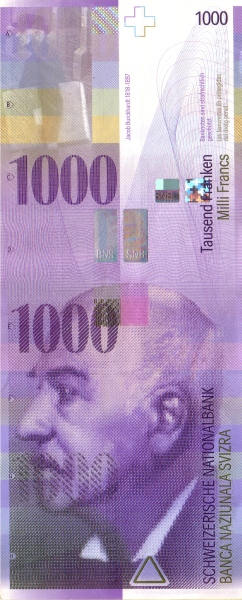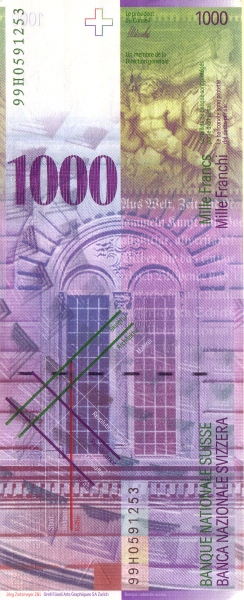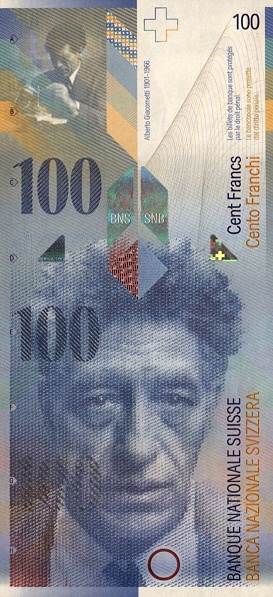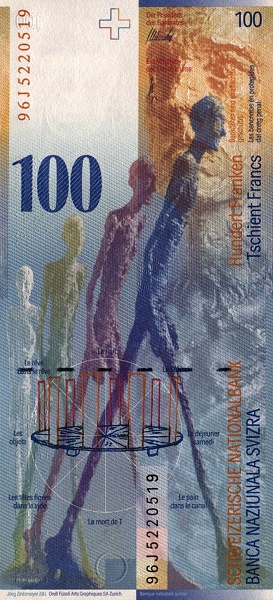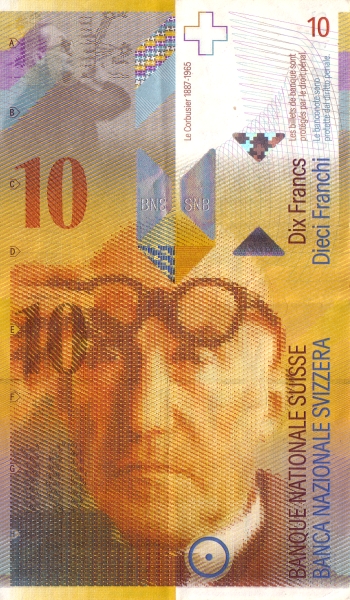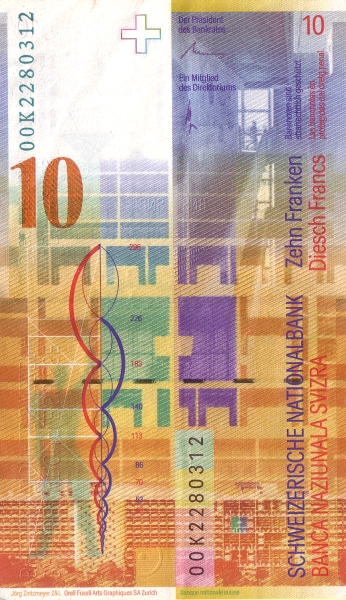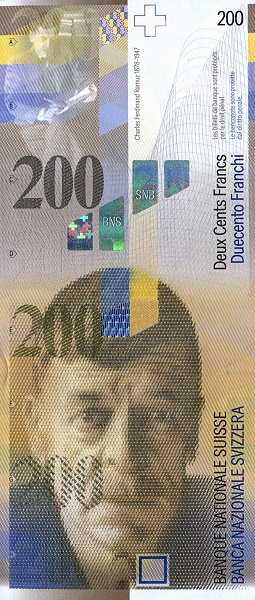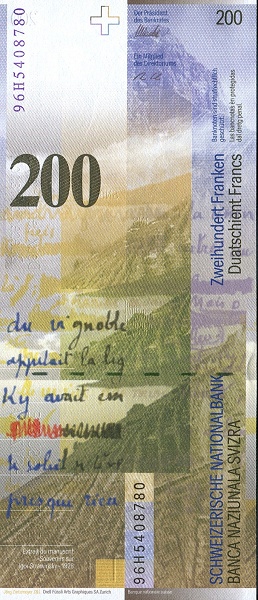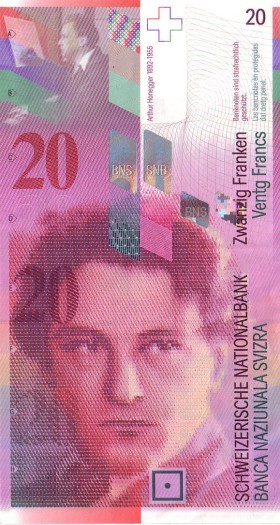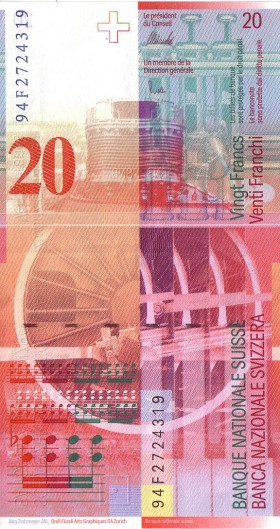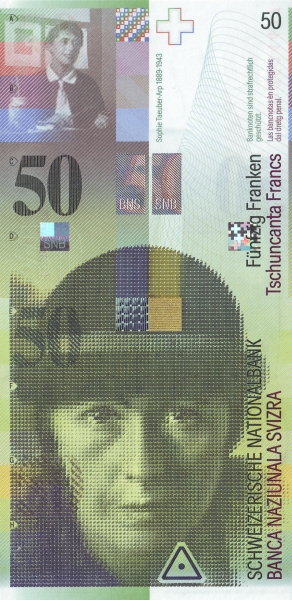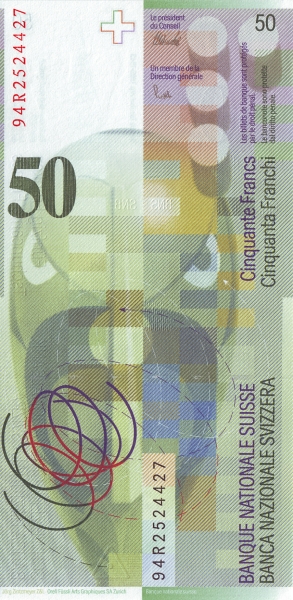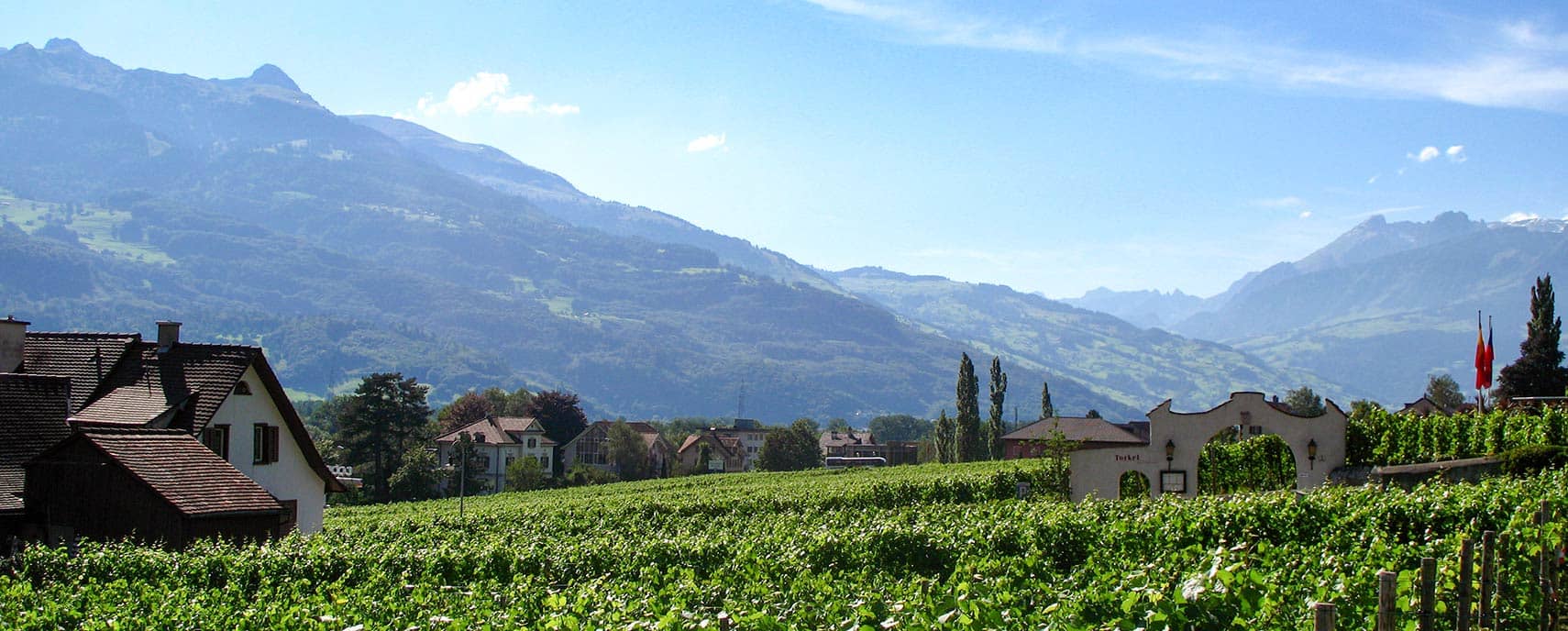Exploring the Enchanting Liechtenstein
Liechtenstein, officially known as the Principality of Liechtenstein, occupies a unique position in Europe. Nestled in the Upper Rhine Valley, it lies between Austria to the east and Switzerland to the west. This picturesque, landlocked country extends approximately 24 kilometers (15 miles) from north to south, covering an area of 160 square kilometers (61.8 square miles). Consequently, it ranks as the sixth-smallest independent nation globally, showcasing a blend of stunning landscapes and a rich cultural heritage.
A Glimpse into Liechtenstein’s Rich History
The history of the Principality of Liechtenstein traces back to its establishment within the Holy Roman Empire in 1719. Notably, in 1806, it emerged as a sovereign state. Initially, Liechtenstein maintained a close relationship with Austria until the end of World War I. The devastation from this conflict triggered significant economic challenges, compelling Liechtenstein to form a customs and monetary union with Switzerland. This strategic decision proved essential in stabilizing the nation’s economy during tumultuous times.
Economic Growth and Financial Regulations
Since World War II, Liechtenstein has prioritized neutrality, steering clear of international conflicts. This approach has fostered a thriving economic landscape characterized by low taxes—an attractive feature that has spurred exceptional economic growth. Nevertheless, this period of prosperity has not come without its challenges. Concerns regarding inadequate banking regulatory oversight emerged, leading to apprehensions about the potential use of its financial institutions for money laundering activities. To address these issues, Liechtenstein implemented anti-money laundering legislation and established a Mutual Legal Assistance Treaty with the United States in 2003. Furthermore, the nation introduced additional regulations, including the Due Diligence Act (DDA) in 2009 and further updates in 2013.
Governance Structure of Liechtenstein
Liechtenstein operates as a constitutional hereditary monarchy, built upon democratic and parliamentary foundations. Its independence was formally recognized on January 23, 1719, although it officially severed ties with the Holy Roman Empire on July 12, 1806. The country adopted its constitution on October 5, 1921, solidifying its governance model and establishing the legal framework within which it operates.
The Natural Beauty and Geography of Liechtenstein
Geographically, this small Central European country showcases a stunning combination of terrains. Approximately 66% of the area consists of majestic mountains, specifically the Alps, while the rest comprises hills and plateaus adjacent to the Rhine Valley. The highest point is Grauspitz, which rises to an impressive 2,599 meters. The picturesque landscape invites visitors to explore its enchanting scenery, whether through hiking in the Alps or strolling along the Rhine Valley.
Climate in Liechtenstein
Liechtenstein experiences a continental climate, characterized by four distinct seasons. Winters tend to be cold, often accompanied by snow or rain. In contrast, summers can feel cool to moderately warm, providing a pleasant environment for outdoor activities and cultural festivals. Thus, every season paints its own captivating picture of this charming country.
Demographics and Culture
The population of Liechtenstein hovers around 37,600 as of 2015, combining various ethnic backgrounds including Liechtensteiners, Swiss, Austrians, and Germans. The primary language spoken is German, with an Alemannic dialect also prevalent among locals. Furthermore, an impressive literacy rate of 99% speaks volumes about the country’s emphasis on education and its high living standards.
Religious Beliefs
Religion plays a significant role in the lives of Liechtenstein's citizens. The majority, approximately 80.4%, identify as Roman Catholic, while Protestants make up about 7.1%. The remaining population belongs to other religions, contributing to the country's diversity in beliefs and practices.
Economy and Industries of Liechtenstein
Liechtenstein's economy thrives on its diverse range of industries. Notably, the country boasts significant hydroelectric potential and productive arable land. Agricultural outputs include wheat, barley, corn, potatoes, and livestock, along with a notable dairy industry. Beyond agriculture, the industrial sector ranges from electronics and metal manufacturing to pharmaceuticals and precision instruments. Moreover, the tourism industry flourishes, showcasing the nation’s natural beauty, rich history, and cultural festivals.
Trade and Exports
Liechtenstein enjoys a robust export economy, with small specialty machinery, connectors for audio and video, and parts for motor vehicles ranking among its primary export commodities. Dental products, hardware, prepared foodstuffs, electronic equipment, and optical products further diversify its export offerings. This wealth of resources and products positions Liechtenstein as a significant player in the European market.
Import Dynamics
On the flip side, Liechtenstein imports a variety of commodities to sustain its economy. Agricultural products, raw materials, and energy products top the list, along with machinery, metal goods, textiles, foodstuffs, and motor vehicles. This interconnected web of trade emphasizes the small nation’s active participation in the global market.
Conclusion: An Underrated Gem
In summary, Liechtenstein presents an intriguing mix of geography, culture, and history. From its impressive economic growth to its stunning mountainous landscapes, this tiny principality boasts a wealth of experiences for visitors. As people continue to discover the charm and allure of Liechtenstein, it undoubtedly stands out as an underrated gem in the heart of Europe.
Largest cities of: Liechtenstein
| City Name | Population | Year of foundation | |
| Vaduz | 5,000 | circa 1200 | |
| Schaan | 6,000 | 1280 | |
| Balzers | 4,300 | 1150 | |
| Eschen | 3,500 | 1200 | |
| Nendeln | 2,000 | 1870 | |
| Liechtenstein | 0 | 1719 |
Liechtenstein: Money
